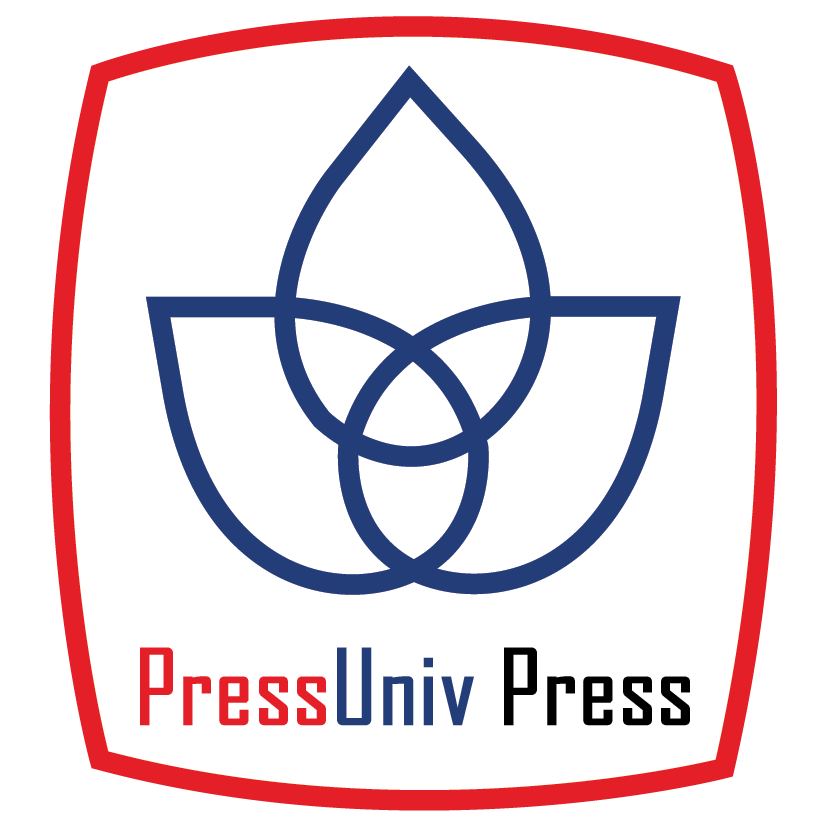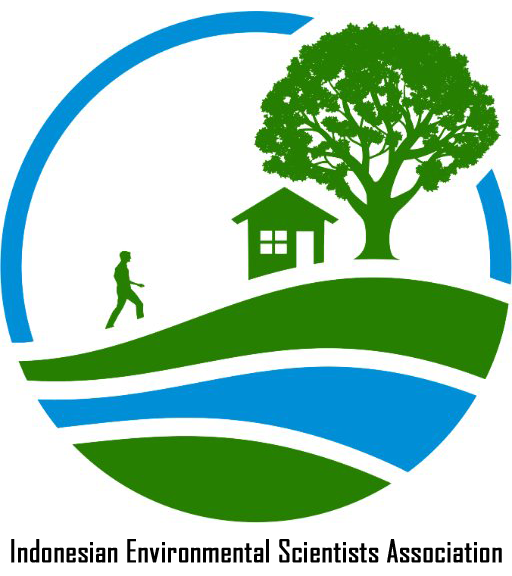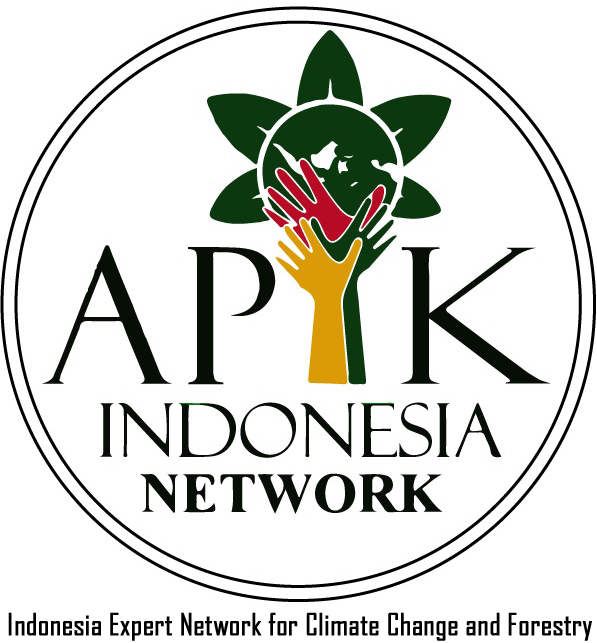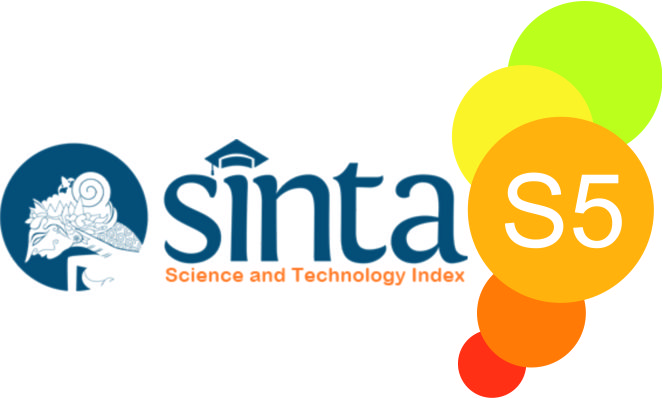E-WASTE: AN UNDERRATED HAZARDOUS WASTE IN INDONESIA
Abstract
Keywords
Full Text:
PDFReferences
Agustina, H., Identification of E Waste and Secondhand E-Product in Indonesia, Presentation on Basel Convention Regional Meeting, Beijing:28-29 March 2007.
Chi X, Streicher-Porte M, Wang M.Y.L, Reuter M.A, (2011) Informal electronic waste recycling: a sector review with special focus on China.
Damanhuri, E. dan Sukandar,. Preliminary Identification of E-waste Flowin Indonesia And its Hazard Characteristic, Proceedings of Third NIES Workshop on E Waste, Japan:2006
Diaz-Barriga, F., (2013)Evidence-based intervention programs to reduce children’s exposure to chemicals in e-waste sites. Discussion paper for WHO Working Meeting on e-waste and children’s health.
Duffert C, Brune M. N, Prout K., Background document on exposures to e-waste. Geneva, Switzerland: World Health Organization.
Caravanos J, Clarke EE, Osei CS, Amoyaw-Osei Y, (2013)Exploratory health assessment of chemical exposures at e-waste recycling and scrapyard facility in Ghana. J Health Pollution.
Fishbein, B.K., Waste in the Wireless World: The Challenge of Cell Phones. INFORM, USA 2002.
Grant K, Goldizen FC, Sly PD, et al. (2013)Health consequences of exposure to e-waste: a systematic review.
Hanafi J, Helena K., (2011)The Prospect of Managing WEEE in Indonesia,. Proceeding of the 18th CIRP International Conference on Life Cycle Engineering, Germany
Jinglei Yu, Eric Williams, Meitiung Ju, Chaofeng Shao, Managing e waste in China: Policies, pilot projects and alternative approaches, Environment Science and Technology, 2010.
Liu XB, Tanaka M., Matsui Y., Generation amount prediction and material flow analysis of electronic waste: a case study in Beijing, China, Waste Manag Res 2006;24:434–45.
Lundgren, K., (2012) International Labor Office (ILO). The global impact of ewaste: addressing the challenge.
Osibanjo, Oladele dan Nnorom, Innocent Chidi. 2006.,Material Flows of Mobile Phones and Accessories in Nigeria: Environmental Implications and Sound End-of-Life Management Options. Environmental Impact Assessment Review vol. 28, p. 198-213.
Sukandar dan Widyarsana IMW.,(2009): Recycling of E waste in Indonesia by Informal Sector: Case Study og Gold Recovery from E waste Component, Proceeding The Sixth NIES Workshop on E waste, Hokkaido-Japan,pp.151160
Sutarto, E., (2008), Identifikasi Pola Aliran E-waste Komputer Dan Komponennya Di Bandung, ITB Bandung
UNEP., Basel Convention on the Control of Transboundary Movements of HazardousWastes and their Disposal, United Nations Environment Programme. http://www.basel.int/, 2009
Van den Berg, M., (2013) State of the art on risks of e-waste and children’s health. Discussion paper for WHO Working Meeting on e-waste and children’s health.
Wen, X., Xiaohua, Z.,(2009), The New Process in Integreted E waste Management in China, University of Newcastle
Wen S, Yang FX, Gong Y, et al. (2008), Elevated leves of urinary 8-hydroxy- 2’-deoxyguanosine in male electrical and elctronic equipment dismantling workers exposed to high concentrations of polychlorinated dibenzo-p-dioxins and dibenzofurans, polybrominateddiphenyl ethers, and polychlorinated biphenyls.
WHO, The Geneva declaration on e-waste and children’s health. Available at: http://cerch.org/ wp-content/uploads/Geneva-Declaration-final.pdf.
Widyarsana IMW., Winarsih,D.R., Damanhuri, E., Padmi,T.,(2010) Identifikasi Material E-waste Komputer dan Komponen Daur Ulangnya di Lokasi Pengepulan E-waste,Bandung,2010.
DOI: http://dx.doi.org/10.33021/jenv.v3i2.483
Copyright (c) 2018 I. T. Wilyani, J. K. Nugraha, M. A. Aryadi, Nida Mariam

This work is licensed under a Creative Commons Attribution-ShareAlike 4.0 International License.
Journal of Environmental Engineering and Waste Management Published by PresUniv Press, in collaboration with IESA and APIK Indonesia Network




